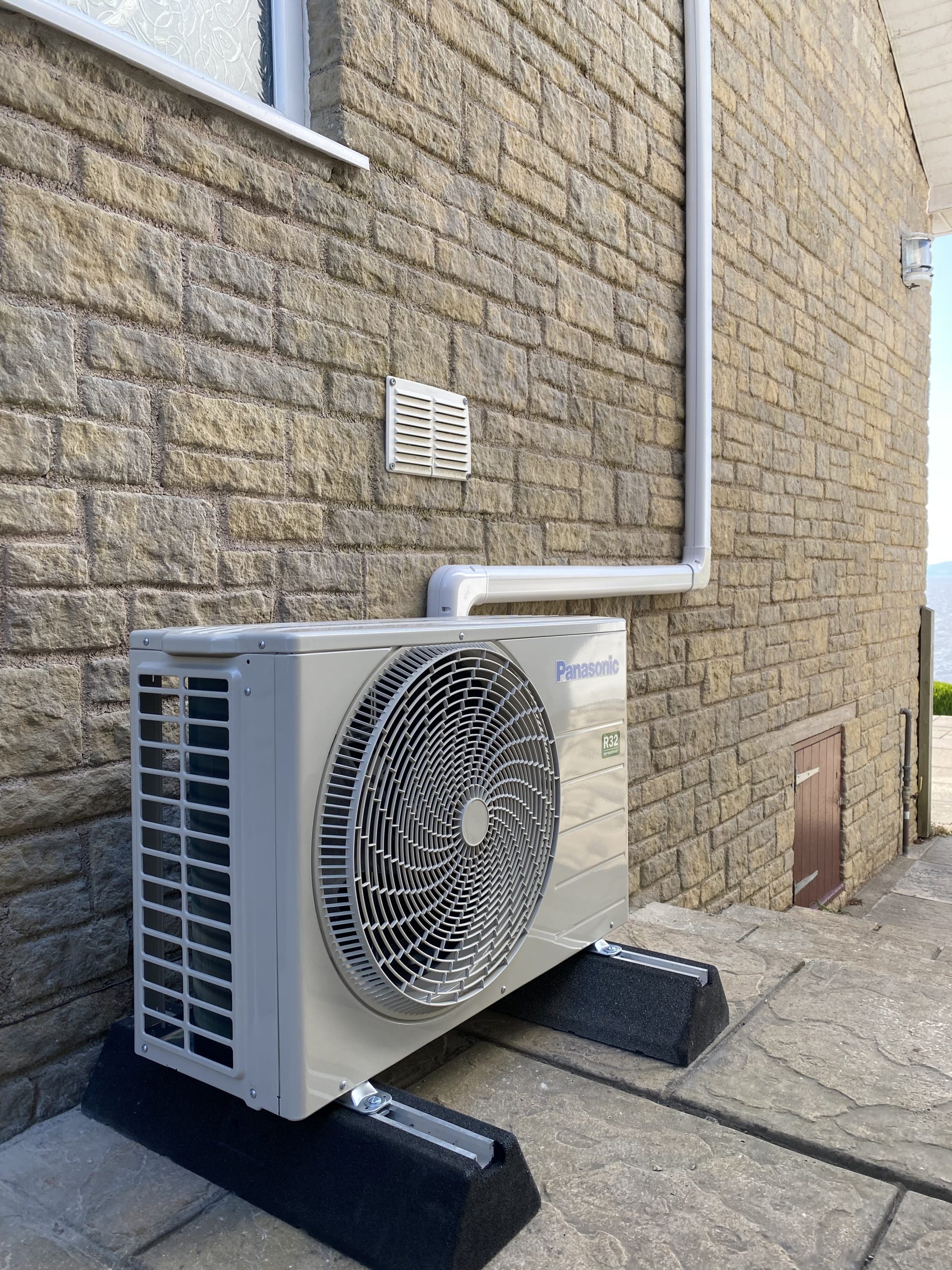Battery Storage Systems for Homes
Battery storage systems for homes have quickly evolved from a costly luxury to a smart, practical investment. Once seen as too expensive and underdeveloped, battery technology has advanced rapidly—thanks in large part to innovation and mass production in the electric vehicle industry.
Today, installing a home battery system, especially alongside a Solar PV system, offers a powerful way to maximise your energy savings. By storing excess solar energy for use when the sun isn’t shining, battery storage can increase savings from 25–35% to as much as 65–85%. In many cases, our customers become nearly self-sufficient, cutting energy bills and reducing dependence on the grid.
If you’re considering Solar PV, adding battery storage is a smart step toward energy independence.


How it works
Our expertise in Solar PV installations, combined with our MCS accreditation, has positioned us at the forefront of the growing domestic battery storage market. We’ve refined our installation process to design and deliver battery storage systems that work efficiently for each customer, providing greater energy flexibility and significantly lower electricity bills with realistic payback periods.
Whether you’re installing a brand-new Solar PV system or upgrading an existing one, we can integrate battery storage to help you make the most of your solar energy. Even if you already have solar panels, you can still benefit from adding a battery system to store excess energy and reduce your reliance on the grid.
Accredited by
Technology
The benefits of battery storage

Increasing your savings when paired with a solar PV system

Reduce the effect of changing and rising energy prices

Lower payback period for your solar PV system

Developing technology means its getting better all the time

No VAT on installation
App control to make use of flexible electricity tariffs
Our process
Consult
From your first enquiry, we arrange a consultation or site survey. This helps us understand what you want from a solar PV system. Next, we create a tailored proposal. This includes a full breakdown of system performance, expected carbon savings, and estimated energy bill reductions. We design your solar system to meet your needs and maximise your savings.
Applications
If you decide to go ahead, we handle all the admin for you. We submit applications to the DNO and complete any final design work. Once that’s done, we arrange scaffolding so installation can begin.
Install
Most solar PV installations take 2 to 3 days to complete. This depends on the system size and whether you include battery storage. We minimise disruption and keep your power on for as long as possible. Power is only switched off briefly when we connect the system to the grid. We typically install your system within 4 to 6 weeks of placing the order.
Handover
Once installation is complete, we test and commission the system. Then, we remove the scaffolding. Next, we provide a handover pack with system details and your MCS certificate. We also notify the DNO that the system is commissioned. Our after-sales support includes a remote monitoring package. This lets us track system performance and receive alerts for any faults or errors.
Battery storage myths
Battery storage is not efficient.
Battery storage systems have become more efficient in recent years. Lithium-ion batteries, widely used in energy storage, offer high round-trip efficiency. They typically achieve 85% to 95% efficiency. This means they store and release energy with minimal losses.
Battery storage is not cost-effective.
Battery storage systems require a significant upfront investment. However, costs have steadily declined. Advances in battery technology, economies of scale, and improved manufacturing efficiency drive this drop. As demand for batteries grows, prices will continue to fall. This trend makes battery storage more cost-effective over time.
Battery storage is not reliable.
Battery storage systems provide reliable backup power and store excess energy from renewable sources. They integrate with smart control systems to maintain a steady and stable power supply. Additionally, batteries can connect to increase storage capacity, boosting reliability even more.
Battery storage is bad for the environment.
Battery manufacturing and disposal have environmental impacts. However, modern lithium-ion batteries are more eco-friendly than older types. Plus, battery storage boosts renewable energy use. This reduces reliance on fossil fuels and cuts greenhouse gas emissions, making the overall impact positive.
Battery storage is only suitable for short-term applications.
Battery storage systems provide both short-term and long-term energy solutions. Short-term uses include load shifting, peak shaving, and grid stabilization. Long-term uses involve storing renewable energy for times of low generation. With proper design and sizing, battery storage meets a wide range of energy needs effectively.








